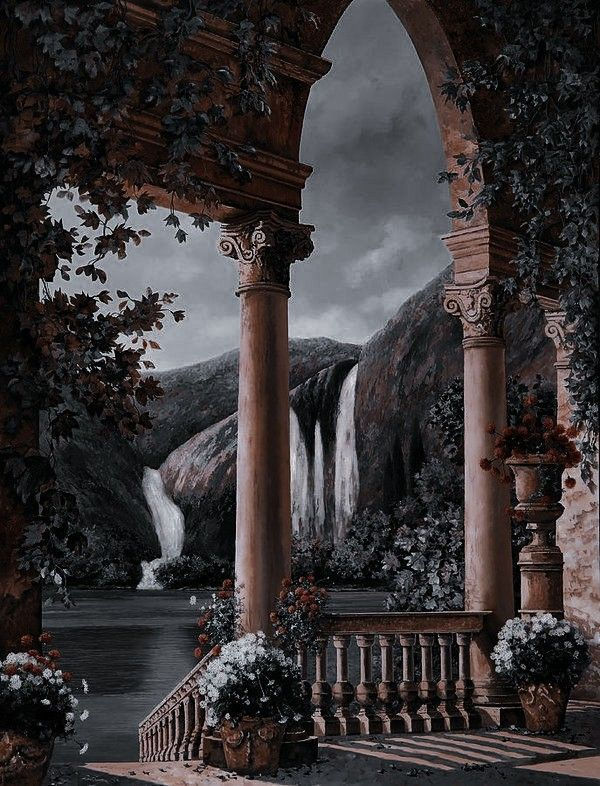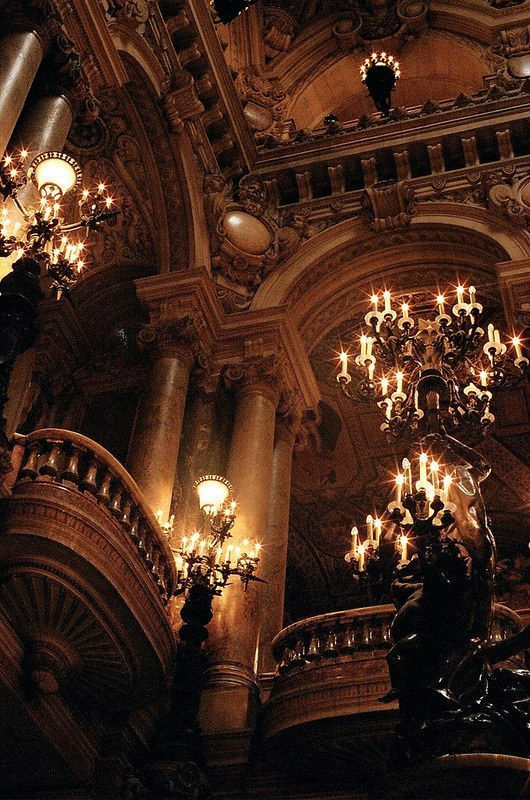An Aesthetic or a Choice? Pinterest and the Author's Mind
- omlindquist
- Feb 14, 2024
- 3 min read
Updated: Mar 10, 2024
The Works of Pinterest in the Author's Mind

With Pinterest becoming more and more of a staple for fandoms and fan culture, its usefulness has seeped its way into the creative toolbox. Artists, writers, and creators alike are using this ingenious app to put the worlds we create into visuals. I certainly am guilty of using Pinterest to procrastinate writing, as are many other writers out there, but the good part about that is that, to me, it still counts as writing.
I’m a very visual thinker and I have to be able to picture something in my head before I can put it to paper. The simplest way I can explain it is I think in movie scenes. I can picture 3-D actors in my head moving around in the space I created. Now there are some setbacks with this: I can’t picture faces, it usually takes up all of my thinking power, and I tend to disassociate when I get too into it. Overall though, it goes to show why Pinterest and the things on the app are so important and crucial to my overall writing process.
The stories and ideas I’m passionate about always have a dedicated Pinterest board. It not only helps me keep my ideas organized in terms of setting, but also it ensures that the pure vibes are consistent throughout the story as a whole. The “Son of Atlas” board is a little messy because it covers the entire series that I have partially planned, encompassing a total of four books, but the organization is a bit more consistent on my other boards.
I think my necessity for visual learning can also be seen in how I consume media and tell stories. I watch a lot of movies, television, and plays and I don’t watch it for the actors most of the time. More often than not, I watch it for the way the story is told. I watch it to see the character development over time on a natural human. I watch it for an understanding of the flow of conversation. Pinterest is the closest thing I can get to doing this with the setting.

This is a screenshot of my "Son of Atlas" board. I scrolled to a point and found four photos that aligned on the screen and pulled that. February 2024.
When I originally started writing “Son of Atlas,” it was supposed to be a steampunk novel with a touch of magical realism. That has since changed, but the early pictures and pins from this planning stage reflect that steam-powered and bronze aesthetic.
(To be completely honest, as well, I did little to no research into Steampunk media. The genre change was necessary. I’m very guilty of not doing genre research before diving into a project. More on that later though.)
From the aesthetic of the board itself, the novel is very heavily focused on this place with elaborate and archaic architecture. There definitely is a dark-academia vibe and it very clearly has a queer M/M relationship as a focus. There are hints of ethereal and god-like settings. There are pirates and greenhouses and royalty. Letters and hints of Greek mythology are also apparent.
This gallery was pulled from my computer's camera roll that I have since uploaded to Canva for Instagram Posts. These highlight the aesthetics of the novel in its early stages of drafting, but most of them are still relevant. Images sourced from Pinterest circa July 2021.
What Now?
I have since narrowed the time to early 1800s London (between 1800 and 1820) and redefined the adventure and plot so many times the first draft is nearly unrecognizable in comparison to the current manuscript. The novel now sits in the blurred spot between the Georgian Era and Regency Era of England. This was narrowed down based on the technology within the novel itself.

An inspiration for the royal palace. Palais Garnier Opera House. Sourced from Pinterest circa 2022.



























Comments